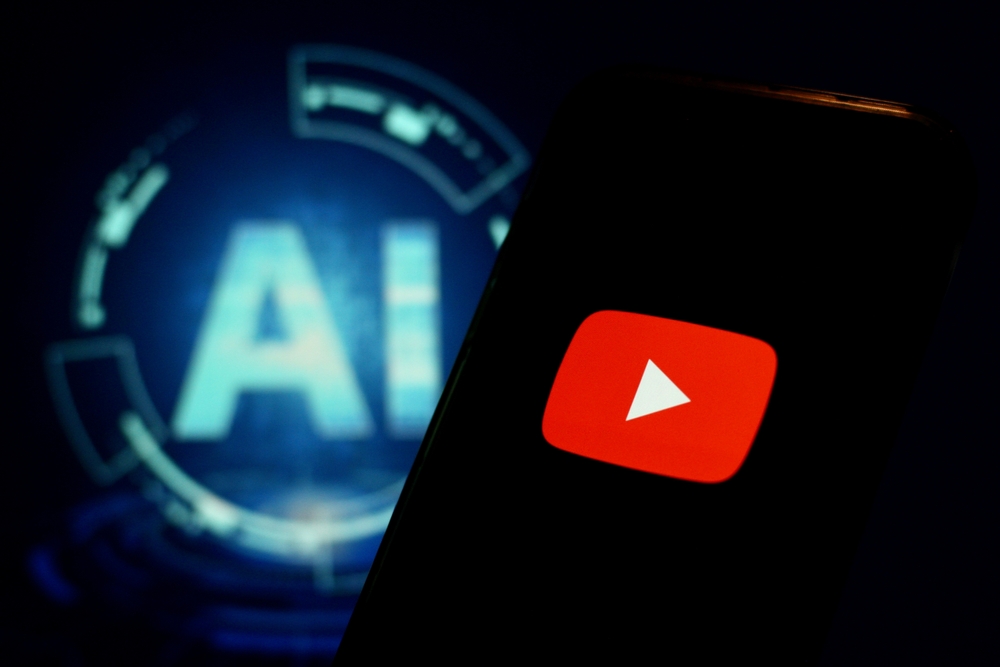YouTube has taken a firm stance against deepfakes and AI plagiarism, demonstrating its commitment to protecting creators’ rights on the platform. The company is developing new tools to give content creators more control over the use of their voice and AI-generated likeness. We’ll keep you updated on these developments as they progress.

Voice Protection and Deepfake Detection
The first tool, called “synthetic singing identification technology,” will allow artists and creators to automatically recognize and manage YouTube content that imitates their voices using AI. This technology will be integrated into the existing Content ID copyright identification system and is set to launch as part of a pilot program next year.
YouTube’s decision comes amid growing concerns in the music industry about AI-generated copies of artists’ songs and voices. In response to these concerns, more than 200 artists, including Billie Eilish, Pearl Jam, and Katy Perry, signed an open letter earlier this year, describing unauthorized AI copying as an “assault on human creativity” and demanding greater accountability from the video hosting site.
In addition to voice protection, YouTube is developing a tool to detect deepfakes of creators, actors, musicians, and athletes. However, this system is still in development, and no launch date has been announced.
Cracking Down on Unauthorized Data Collection
YouTube has promised to take action against those who collect data from the platform to train AI models. The company stated, “We have been clear that unauthorized access to creators’ content violates our terms of service.” Despite this, companies such as OpenAI, Apple, Anthropic, Nvidia, Salesforce, and Runway AI have reportedly trained their AI systems on thousands of videos downloaded from YouTube, notes NIX Solutions.
To protect content from crawler bots, YouTube plans to block them entirely and will invest in data collection detection systems. The platform is also developing ways to give creators more control over how third-party AI companies can use their content, potentially sharing the earnings. More details on this initiative are expected to be released later this year.
